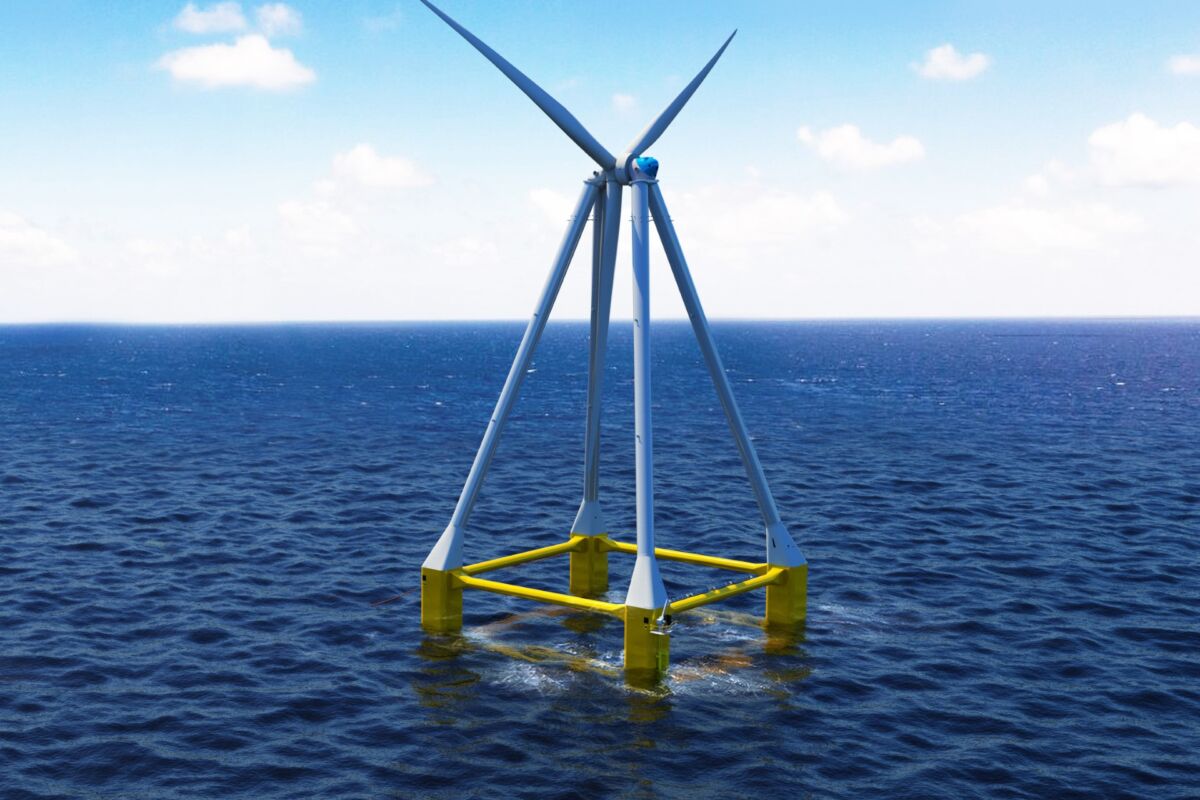Based on primary data collected from 189 plants over a 10-year period (2008-2017) via an email survey and follow-up interviews, the study shows energy prices and costs borne by EU producers operating in 11 energy intensive subsectors: bricks and roof tiles, wall and floor tiles, glass tableware, packaging glass, aluminium primary, aluminium secondary, aluminium downstream, steel (electric arc furnace – EAF), steel (basic oxygen furnace – BOF), nitrogen fertilisers and refineries. Prices for both electricity and natural gas reached a peak between 2011 and 2013 and then decreased. By 2017, recorded prices had returned to pre-crisis levels. Across all sectors, larger consumers are experiencing lower prices and costs. Regulatory components (e.g. network costs, non-recoverable taxes and levies, etc.) have a larger impact on electricity prices than on natural gas prices. Energy costs represent a driver for cost competitiveness, as they account for between 2% and 43% of total production costs in different subsectors. Whereas it is not possible to draw conclusions on the impact of energy costs on margins, a statistically significant negative association between natural gas prices and plant profitability was detected. Finally, the energy costs borne by EU producers appear to be higher than those faced by their international competitors based in Algeria, Egypt, Russia, United Arab Emirates and the US and comparable to those faced by producers in China and Turkey.
This project was awarded under the Multiple Framework Contract with reopening of competition in the field of Sustainable Industrial Policy and Construction: Competitiveness, Environment, Climate Change, Energy and Transport (409/PP/2014/FC Lot 1) with the European Commission, DG GROW. The full list of CEPS’ Framework Contracts is available here.










































